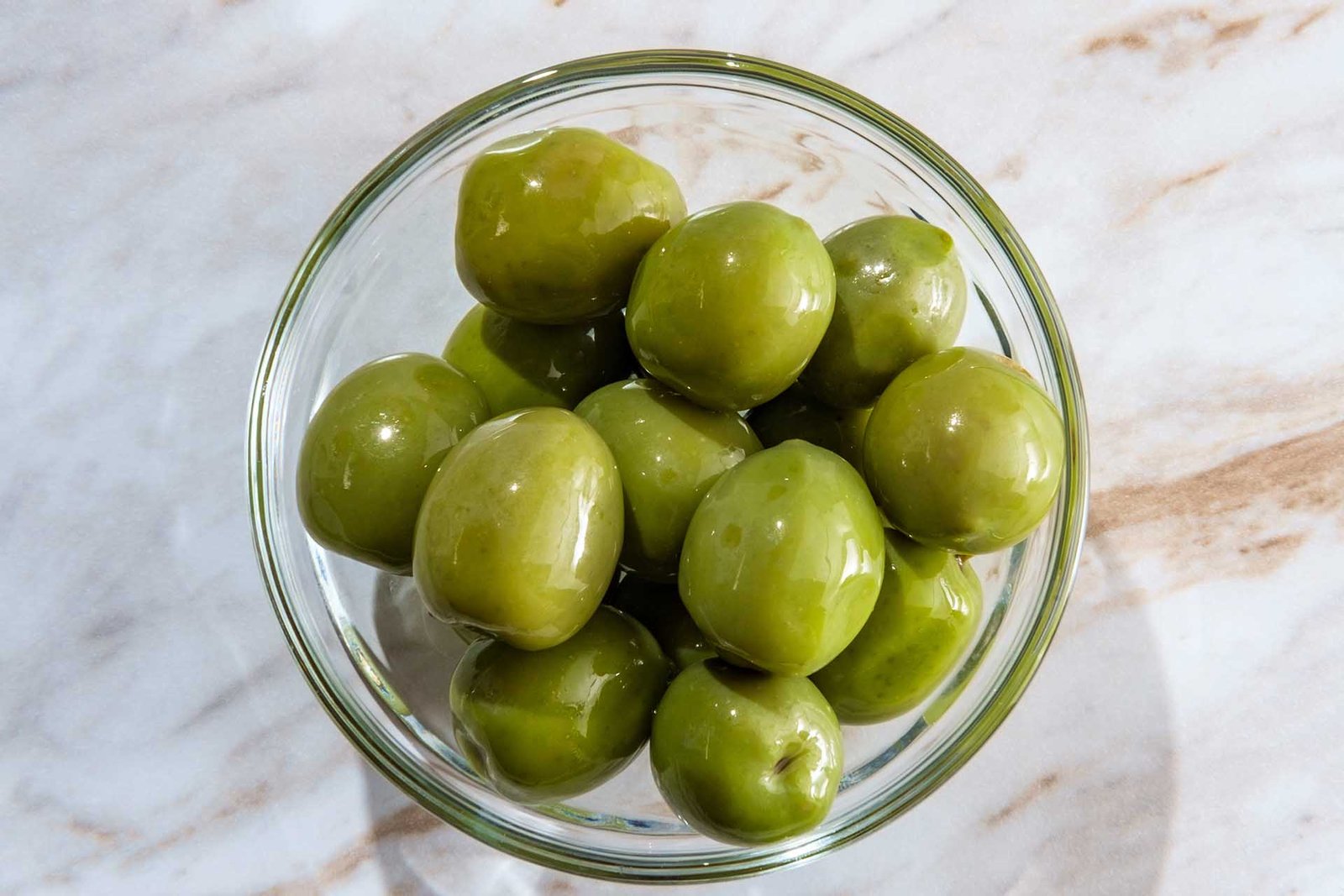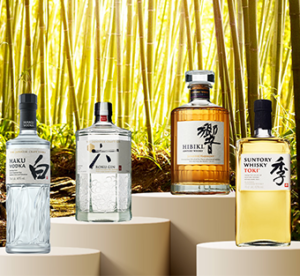Do Martini Olives Matter? Here’s What Bartenders Say

[ad_1]
If you make a martini with an olive, choose wisely. As one of precious few ingredients in the drink, the type of olive you select will affect the flavors, texture and, of course, appearance of your cocktail.
Olives bring salt and umami to cocktails, explains Anthony Caporale, director of spirits education at Institute of Culinary Education (ICE) in New York City. In a booze-forward drink like a martini, you want them to complement, not overpower, your gin and vermouth.
Gary Wallach, who oversees the food and beverage program at the Arlo Soho in New York, agrees. “The salt is a bridge to the fruit flavors found in vermouth, and the herbaceous notes in gin or bracing flavor of vodka,” says Wallach.

Staff Picks
When it comes to specific olive choice, the clear front-runner among bartenders is the Castelvetrano, a green olive from Sicily known for its meaty, buttery texture and distinctive flavor.
“When making my dream martini, there are always Castelvetrano olives involved,” says Marissa Reiser, in-house sommelier at Le Moné Aperitifs and former sommelier at restaurants including Per Se, Lilia and Marea. “They always deliver.”
Castelvetranos’ balanced flavor profile is another big draw.
“Instead of a salt bomb, you get these olivey green notes you’re hoping for, with a great progression of flavor and a clean finish,” says David Branch, general manager at The Violet Hour in Chicago.
Others praised Castelvetranos’ soft brine as well as their firm texture, which doesn’t get mushy after the olives are submerged in liquid. Plus, due to their smallish size, Castelvetrano olives don’t take up too much real estate in the glass. “With the Castelvetrano, the cocktail is the star of the show and the garnish is an accent, instead of the other way around,” says Branch.
Some bartenders prefer Manzanilla, the classic green olive stuffed with a pimento, in martinis. Others cite Spanish Queen olives, which are “firm, meaty and power-packed with flavor, more than a typical green olive,” according to James Harvey, lead bartender at Viceroy Snowmass.
Honorable mentions go to Frescatrano (“briny and buttery like Castelvetrano, but even meatier and with a nice crunch,” says Mary Bartlett, cofounder of Future Gin) and Cerignola (“a slightly milder flavor, while still being delicious,” says Adam Montgomerie, bar manager at Hawksmoor in New York).
The Best Olives for Your Martini
Where you land in this debate depends on a few different factors. First, are you drinking gin or vodka? Most bartenders advise using briny, herbaceous or spiced olives for vodka martinis, and subtler, softer olives for gin.
“If I’m making a gin martini, I usually avoid anything with additional herbs so that the herbal profile of the gin can shine through,” says Bartlett. “If it’s a vodka martini, I go the opposite way and choose an olive with some herb or citrus in the brine. I think it can add more dimension into the flavor profile, so it doesn’t just taste like salty vodka.”
Your choice also depends on whether you’re making a dirty martini, which includes the olive’s brine, or simply garnishing your martini with an olive instead of a lemon twist or other addition. “If it’s just a garnish, I might use an olive marinated in an herb- or citrus-flavored oil, but you can’t do that if you need the brine,” Bartlett says. “If I’m making a dirty martini, I want an olive in a really simple brine.”

Then there’s the matter of size, which can’t be discussed without wading into the controversial territory of stuffed olives. Many bartenders say that stuffed olives—specifically blue cheese-stuffed olives—take away from a martini’s true flavor, but others swear by stuffing, blue cheese or otherwise.
Daniel Foreshene , bartender at Seven Square at The Clancy in San Francisco, likes to use blue cheese olives because “the cheese gives the martinis a creamy texture and enhances the flavor of the drink,” he says. ICE’s Caporale stuffs his own olives, using anything from brie to anchovies to fig jam and matching the stuffing to the flavor profile of the liquor.
Either way, if you choose to use stuffed olives in your martini, you’ll need a large olive like the Spanish Queen.
There are a couple hard-and-fast rules when it comes to martini olive selection. Firstly, the olives must be pitted. “That little stone can cause problems if you’re not expecting it,” says Chris Bidmead, founder of Bar Methods. Additionally, olives must be properly stored so they don’t dry out. “Keep them in brine,” says Wallach. “Brines are harnessing all that flavor. A dry olive will likely pull more from the martini rather than releasing flavor.”
Otherwise, sample a variety of olives until you determine your favorite.
“I don’t think anything is really off-limits,” says Reiser. “You have to find what works for you.”
[ad_2]






